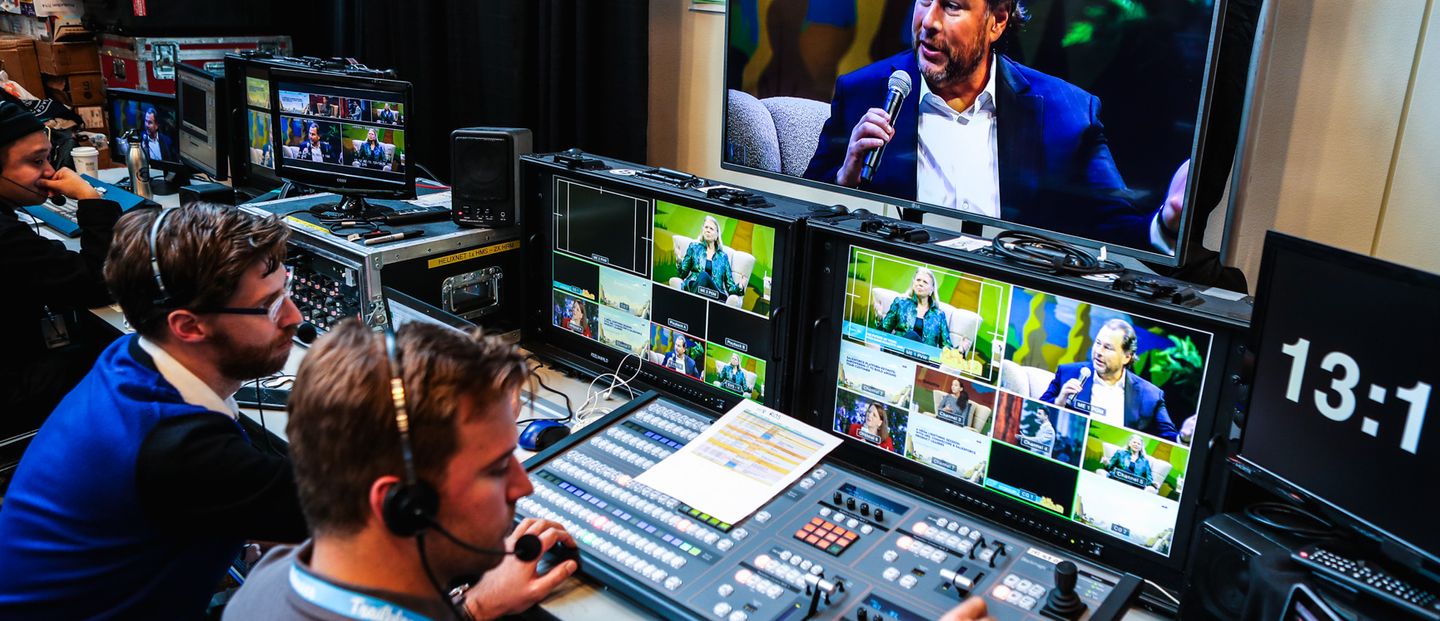Chris Meyer is CEO of GPJ.
Your event has been cancelled. Today it’s coronavirus, tomorrow it could be something completely different. Disruptive or catastrophic events aren’t new for those of us in the event industry—whether it’s a budget cut or a public health crisis, it’s these circumstances that push us towards innovation.
Heading up one of the world’s leading experiential marketing agencies, you learn very quickly to be adaptable. You can’t predict every possible roadblock, but with clear objectives you can provide a roadmap for accomplishing your goals in a new format.
- What are we trying to accomplish?
- Who is our audience?
- What do we want them to get from the experience?
- What key messages do we need to deliver?
- What actions are we trying to drive?
Answer these questions and work closely with your stakeholders to find the right hybrid strategy to actualize your end goal. In 2020, there are more ways than ever to reach people where they already are. Whether it’s video on demand, broadcast, hybrid, or virtual approaches, there is an arsenal of event technology to bring things to life in lieu of gathering thousands of people in a convention center. (Have you considered augmented reality, virtual reality or even incorporating live e-commerce?). With an unlimited number of options, the key is really focusing on delivering an experience that engages your audiences in a meaningful way.
I also have experience in the virtual events space, having worked for years as an executive with a leading provider. Here are my suggestions if you’re considering going down that path.
Considering a Virtual Event? Here’s a Checklist.
Don’t panic, find opportunity.
- Use this as an opportunity to reimagine your event strategy (both physical and virtual). Even if you aren’t affected by the COVID-19 outbreak, the key to a resilient event and long-term savings is a holistic, flexible plan.
Consider your options.
- Streaming content from an existing event or studio.
- Using a traditional virtual event platform to add additional features/functionality.
- A true broadcast platform to employ across your portfolio and connect to other internal systems (e.g. CRM).
- An updated content strategy that leverages content created via online and physical events to feed your digital marketing engine year-round.
It’s not just a livestream.
- A virtual event can, but shouldn’t, just be an online version of the physical event—understanding how people consume content and engage ensures the greatest impact.
- Think about the experience as a broadcast. The Olympics is a best-in-class example where you have commentary, highlights, human stories, backstage experiences, etc. If you’re approaching this as an add-on to an existing program, there’s a missed opportunity to deliver a high value, innovative experience to your attendees.
- Budget for both the platform costs and potential television style broadcast requirements (e.g. producers, multi-cameras, real-time editing, talent, scalability, security, etc.).
Physical event = content studio.
- Thinking of the event as a content studio forces teams to approach content strategy very differently and challenges them to design for both physical and broadcast (e.g. stage set, lighting, studio design).
- With a virtual event you have the opportunity to secure speakers that might not have been able to attend a physical event, which can be a complementary component of your content studio strategy.
The power of live e-commerce.
- Only a few of the platforms available for interactive video streaming offer in-video e-commerce, but those that do have seen incredible responses.
- If driving real-time sales is important to your strategy, ensure a holistic and integrated solution that has secure connectivity to e-commerce and other critical business platforms.
Measurement. Measurement. Measurement.
- Virtual events are digital, which means plenty of data. Turn your metrics into actionable analytics to reap the rewards of the format.
Focus, integrate and maximize.
- Just like with your traditional event, the key to engagement probably doesn’t fit in one bucket. Think through the entire experience and select the right partners to bring it to life.
- Focus the effort on what will create the biggest impact, integrate systems to create a unified, streamlined experience and then amplify the content across your channels to maximize reach.
What’s next?
- Now you have the insights – work these learnings into your long-term plan to leverage them beyond this event.
At GPJ, we use our passion and decades of experience to work with our clients to review, design and implement the right overall solutions for them, including virtual programs. To ensure a resilient event strategy, virtual events should always be a part of the mix to avoid last minute scrambling. Today it’s the COVID-19, but in the future we will face other challenges. As many of us are making decisions that may affect health and safety, I encourage all marketers and business leaders to use this moment to take proactive measures to innovate.
